In our industry, working outdoors in all sorts of weather is part of the job. Because you can’t stop working when it gets hot, it’s important to know how to protect yourself from heat and what to do if someone on your crew gets overheated.
There are two main kinds of heat illness – heat stroke and heat exhaustion. Because they require different treatments learn to tell the difference between the two.
A victim of heat stroke has flushed, dry skin; a rapid heartbeat; loud, rapid breathing; and a high body temperature – 105F or more. The victim may complain of dizziness and headache or may suffer from confusion, convulsions, delirium, or unconsciousness. This is a medical emergency calling for quick action. While one person calls for emergency services, others should get the victim cooled off. Place the victim in a tub of cool water or use a hose or wet cloths to bring the temperature down. Massage the victims hands and feet toward the heart to stimulate circulation of the cooler blood of the limbs. Dry the victim off when the temperature returns to normal. Repeat the cooling process if the body temperature rises again.
A victim of heat exhaustion looks very different from a heat stroke victim. This person sweats profusely and has pale, clammy skin. Body temperature is normal. The victim may feel giddy and nervous, or may vomit or faint. First aid for heat exhaustion is to get the victim to lie in a cool place and sip cool water. Loosen the victim’s clothes and call a doctor. A victim who is unconscious or vomiting will need to be taken to a hospital to be treated intravenously.
Heat exhaustion sometimes includes heat cramps. This is caused by a lack of salt. You can relieve the cramps by massaging the cramped muscles or pressing firmly on them with your hands. If the victim has no other medical condition, you can give half a teaspoon of salt dissolved in 8 ounces of cool water or fruit juice.
Heat-related illness is no fun. And it’s usually preventable. Here’s what to do to keep healthy in hot weather:
If you’re not used to working in heat, start out slowly. Drink plenty of water – at least eight ounces (one glass) every 20 – 30 minutes while on the job. Drink a nutrient replenishing sports drink with electrolytes. Avoid alcohol and carbonated drinks, which can cause dehydration and cramps. Cut heavy, high-fat foods out of your diet and get plenty of rest. Pay attention to warning signs – if you don’t feel good take a break.
One more thing – pay attention to each other! You may notice a coworker with flushed skin and rapid breathing before he or she does. And if he or she must go to the hospital, guess who gets to do his work?
Remember: Hazard Awareness + Hazard Mitigation + Focus = Zero Injuries
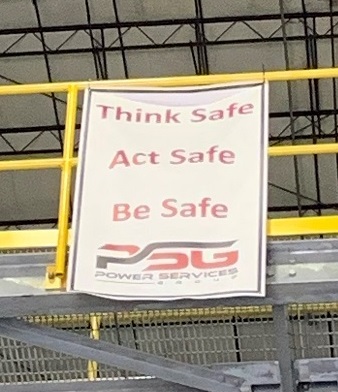



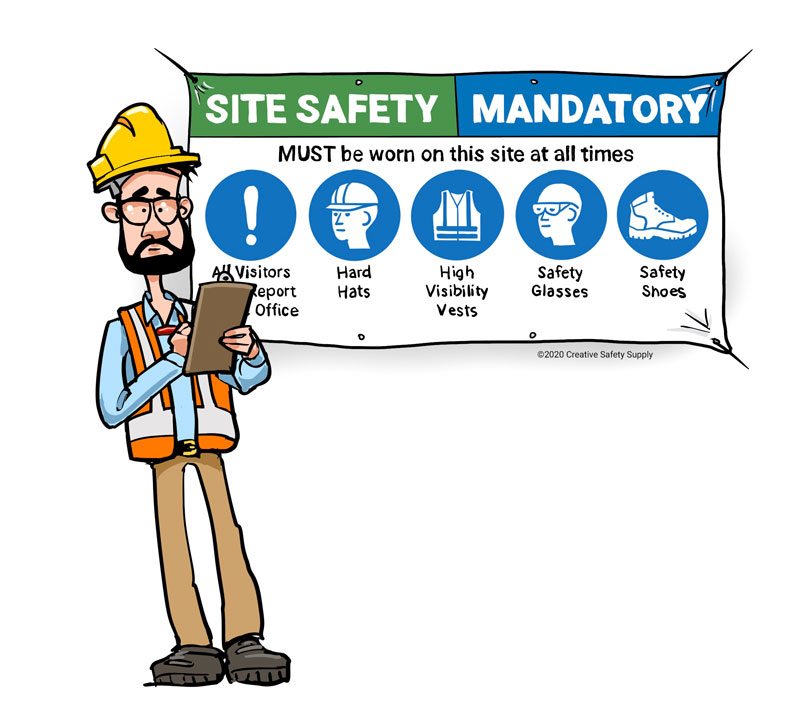
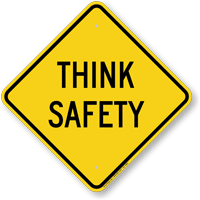
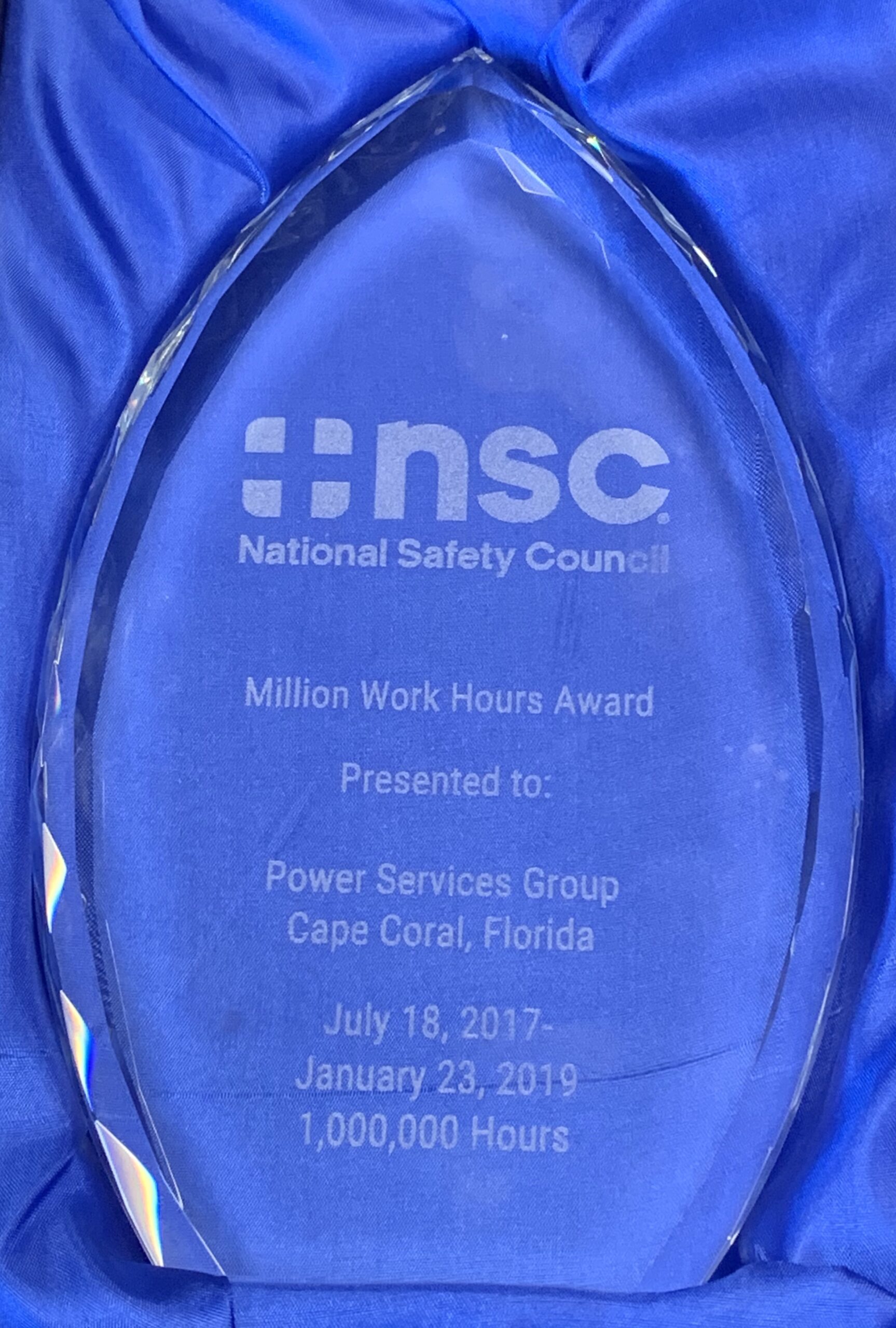

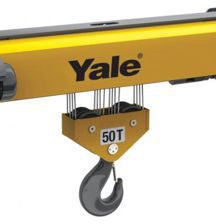 When PSG begins planning for an outage, we ask the customer for a Crane Safety Report complying with OSHA Regulation 29 CFR 1910.179. This is an OSHA compliance issue that PSG feels is well warranted. First, we have a commitment to our employees to keep them safe from harm. A crane malfunction can easily injure, maim or even kill. Second, we have a commitment to our customers to do quality work in the time frame allotted per their work scope. That means the overhead crane needs to be in perfect operational condition in order for PSG to perform the outage safely. A crane malfunction can damage customer property and/or delay operations during repairs.
When PSG begins planning for an outage, we ask the customer for a Crane Safety Report complying with OSHA Regulation 29 CFR 1910.179. This is an OSHA compliance issue that PSG feels is well warranted. First, we have a commitment to our employees to keep them safe from harm. A crane malfunction can easily injure, maim or even kill. Second, we have a commitment to our customers to do quality work in the time frame allotted per their work scope. That means the overhead crane needs to be in perfect operational condition in order for PSG to perform the outage safely. A crane malfunction can damage customer property and/or delay operations during repairs.